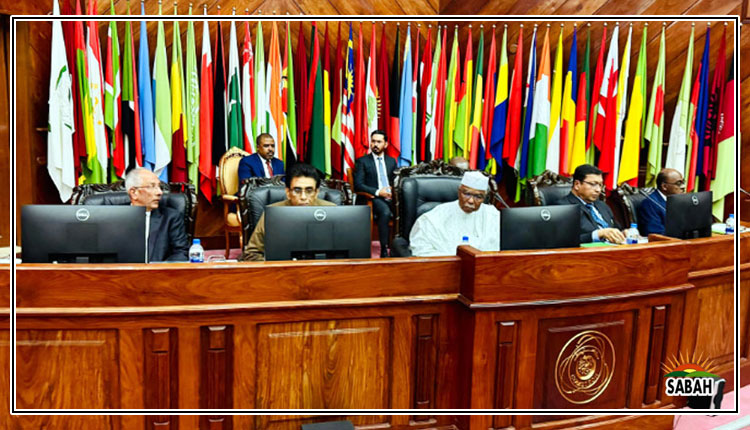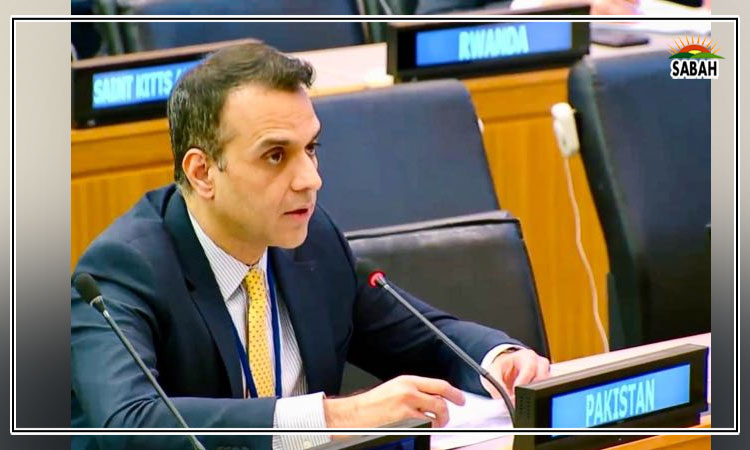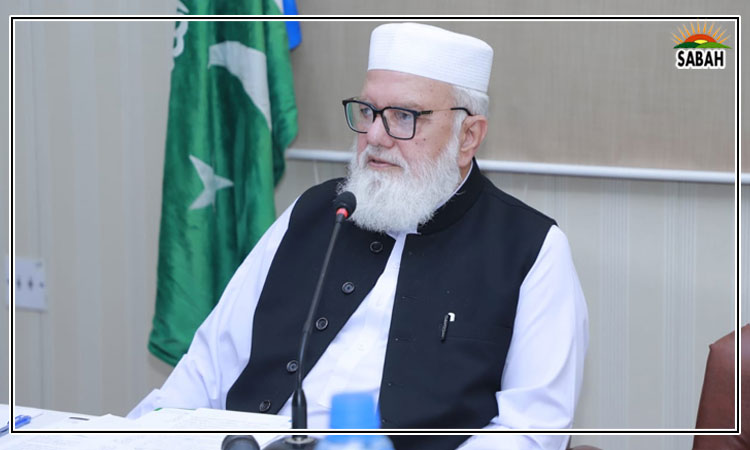Subsidising diseases…Syed Raza Ali
Government subsidies are important and provide relief for the poor segment, especially when inflation is hitting hard. However, when these subsidies extend to unhealthy food items, the consequences for public health can be significant. Lets discuss the health implications of subsidising unhealthy food items.
The world has witnessed a rapid rise in non-communicable diseases (NCDs) and cardiovascular diseases (CVDs). Among the major contributors to these diseases are excessive sugar intake, prevalence of more than 2% of industrially produced trans-fatty acids (iTFA) in food items, and high sodium consumption. Inappropriate and unhealthy food choices contribute to increasing rates of overweight and obesity, NCDs such as diabetes, hypertension, CVDs, cancer, and other chronic diseases.
According to the National Nutrition Survey 2018, the prevalence of overweight among children under 5 has almost doubled from 2011 to 2018. Similarly, obesity and overweight increased in women of reproductive age from 28% to 38% from 2011 to 2018. NCDs STEPS survey 2014-15 revealed 41.3% were obese while 37% had hypertension. CVDs stand among the top killers of Pakistanis with a 29% contribution to the total NCDs related deaths in the country (WHO 2016). According to the International Diabetes Federation (IDF) 2021 Diabetes Atlas, Pakistan has the 3rd highest burden of type 2 diabetes worldwide with more than 33 million cases and an additional 10 million termed as pre-diabetic. If no immediate policy action is taken, the number of people living with diabetes will reach 62 million by 2045.
Subsidies for unhealthy foods disproportionately affect socioeconomically disadvantaged populations, exacerbating existing health inequalities. The poor often rely on cheaper, subsidised food options, leading to higher rates of NCDs within these communities.
Government subsidies play a crucial role in shaping food systems and consumer behaviour. Unfortunately, subsidies often favour the production of cheap, calorie-dense, and nutritionally poor foods. This not only distorts market dynamics but also incentivises the consumption of unhealthy options. This past Ramazan, the PM announced a subsidy of Rs7.5 billion on the prices of daily-use items including Vanaspati Ghee and sugar. Vanaspati ghee contains a high amount of iTFA and a high amount of saturated fats which are harmful to public health and cause several chronic diseases. Similarly, according to the WHO guidelines, individuals should reduce their daily intake of sugar to less than 10% of total energy intake.
To address the crisis of NCDs and CVDs requires a multi-faceted approach that includes policy interventions targeting both supply and demand factors. Instead of providing subsidies on unhealthy food items, the government must take policy measures to prevent these diseases and progressively eliminate subsidies for all types of fats/oils and sugar. Subsidise only healthy foods like fruits, vegetables, lentils, legumes, rice, and whole grain flour that prevent diet-related risk factors to chronic diseases and have better nutritional values. Furthermore, it is recommended to ensure procurement and provision of food in public institutions (e.g. schools, hospitals, military bases, prisons, and other government institutions). Implementing regulations to limit the availability and marketing of unhealthy foods can complement subsidy reform efforts. This includes measures such as increased taxes on sugar, limitation on iTFA content of more than 2% in all foods, and front-of-package labeling to inform consumers about the nutritional quality of foods. Comprehensive public education campaigns are essential to raise awareness about the link between diet and chronic diseases.
In conclusion, subsidising diseases through policies that incentivise the production and consumption of unhealthy foods perpetuates a public health crisis with far-reaching consequences. Governments must recognise their role in shaping food systems and take decisive action to prioritise the health and well-being of citizens. By reforming subsidies, implementing regulations and promoting education, policymakers can pave the way towards a healthier future for all.
Courtesy The Express Tribune












